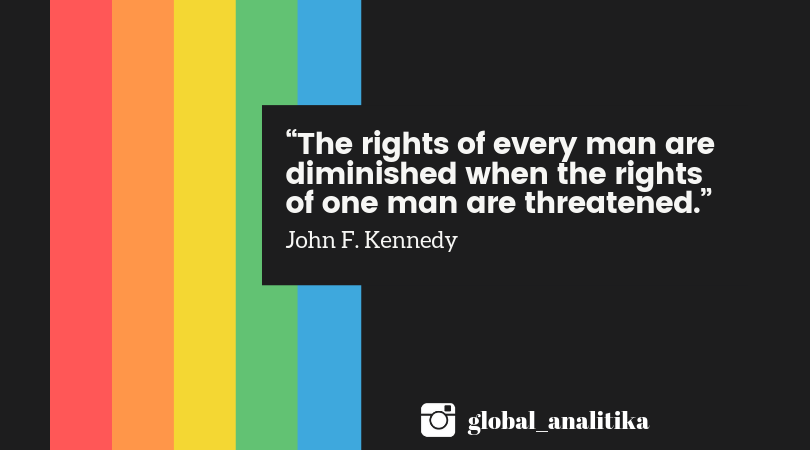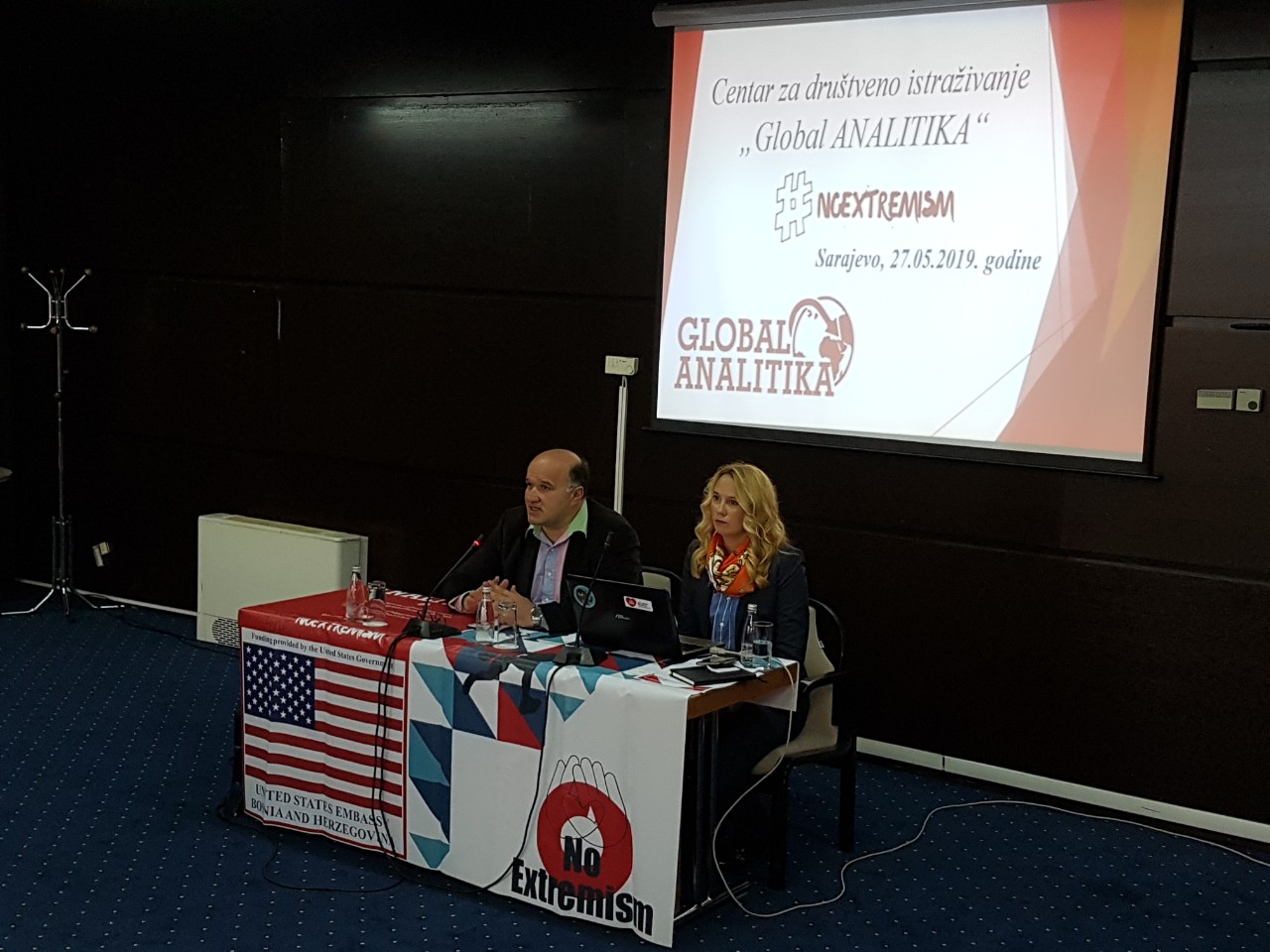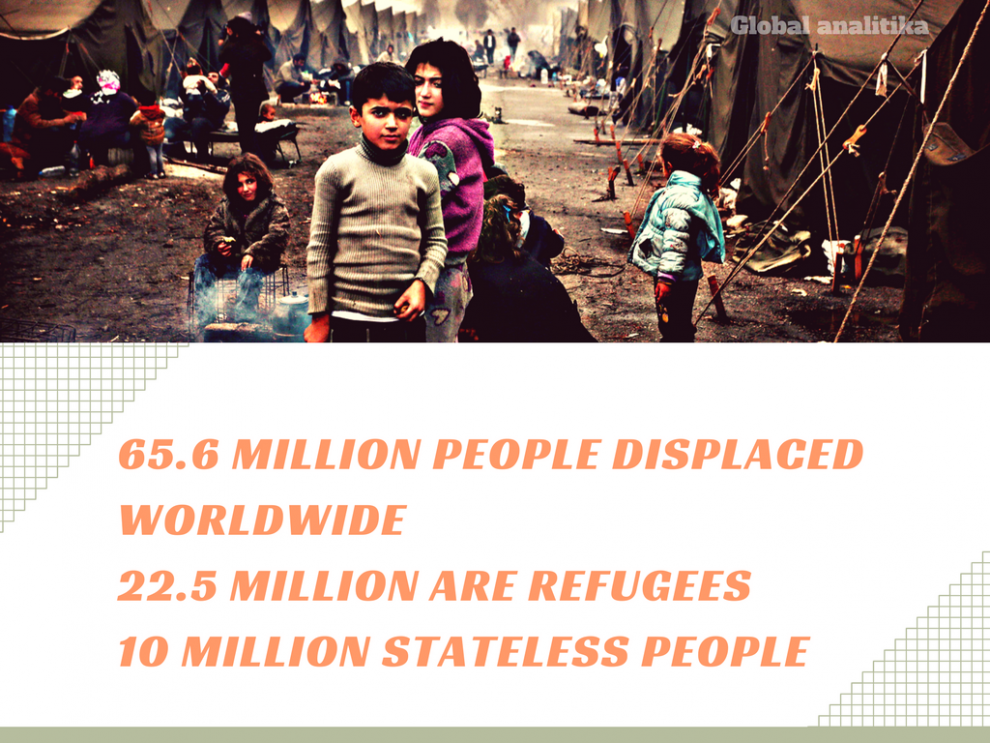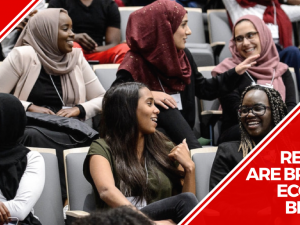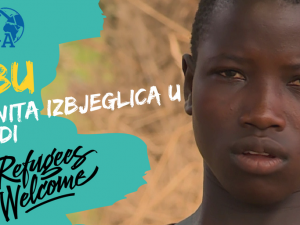The global security situation, as well as the events of the previous years, led to a huge increase in the number of displaced persons. Until a few decades ago, 1 out of 160 people had been forced to leave their home, but over the last decade this number has grown significantly and amounts to 1/113. Although the number of displaced persons is on a record level, recent statistics show that this trend is slowing down for the first time in recent years. Although in 2016, 10.3 million people left their homes, about 550.000 refugees returned to their homes.
- 12 million forced displaced Syrians
The Syrians continue to represent the most numerous displaced population, with 12 million people outside their homes at the end of 2016. The Colombians make up the second largest group, followed by Afghans. Other important groups of displaced persons are Iraqis and the population of South Sudan. Statistics in Syria are so disastrous that 650 of the country’s 1.000 inhabitants do not live in their homes. The growth in the number of refugees and internally displaced persons in South Sudan amounts to 85% during the past year. Similarly, but somewhat better is in Burundi where growth was 39%, while the number of internally displaced persons quadrupled to 141.200.
- South Sudan is the fastest growing crisis
In 2016, the refugee crisis in Southern Sudan was the fastest growing in the world, where a large number of newborns, children, and women in pregnancy make this problem additional challenging. South Sudan and its neighbors are part of the world’s most undeveloped countries, with scarce resources to tackle the problem. Although most refugees remain in the relative vicinity of their homes, some have gone much further, increasing the number of refugees and asylum seekers in some European countries. There are currently 1.3 million refugees in Germany, while their number in Sweden is 313.000. More than half of the refugees are children, where a large number of unaccompanied children increases the risk of their exploitation. The number of such children who applied for asylum has risen to 750.000, while some sources state that it is a much larger number.
- The number of returnees is rising
During 2016, slightly more than half a million refugees and 6.5 million internally displaced people returned to their homes, a significant increase compared to 2015. However, this is not the ultimate solution and this process is much more complex, especially because of the concern about the sustainability of these returns. A large number of persons chose permanent resettlement to another location, 189.300 of them.
In March 2016, the United Nations Statistical Commission at its 47th session decided to set up an Expert Group on Refugees and Internally Displaced Persons. The Expert Group consists of experts from individual countries, international statistical organizations and others, and is led by UNHCR, EUROSTAT and Statistic Norway.
- Where are the refugees?
Due to the conflict in Syria, Turkey is a temporary home for around 2,9 million refugees, with about 30.000 refugees from Iraq. The crisis in the Subsahara region of Africa forced many to find shelter in neighboring countries. These countries received a large number of refugees from South Sudan, Somalia, Sudan, Democratic Republic of Congo, the Central African Republic, Eritrea and Burundi. Pakistan represents shelter for about 1,4 million refugees, almost all refugees are from Afghanistan. About 1 million refugees are in Lebanon, while the Islamic Republic of Iran has received 979.400 refugees. Uganda recorded the highest growth of new-born refugees from 477.000 in 2015, while the number increased to 940.800 in 2016. Most of them are refugees from South Sudan (68%), with a significant population of the Democratic Republic of the Congo, Burundi, Somalia, and Rwanda. The number of refugees rised in Ethiopia, Jordan and the Democratic Republic of the Congo, while declining in Kenya. The population of refugees in Germany has grown by 669.500 people, mostly due to the cessation of the suspension of new asylum payments that was in force in part in 2015.
Refugees need a long-term and sustainable solution to restore their ruined homes and lives, which is the center of UNHCR’s activities.
UNHCR helps refugees from the poor and developing countries, where almost 75% of refugees used some form of UNHCR assistance in 2016. The number of refugees is growing by the minute, and the number of those who find the solution for themselves does not decrease. Voluntary return to home is the best solution, and it should also be contributed by countries hosting hostage refugees in their homelands. Although the number of returns has doubled, it still represents only 5% of the refugee population.
- Situation in BiH
On June 27 and 28, it was held a two-day international conference “Economic and Social Rights for Forced Displaced Persons during the Conflict in the Former Yugoslavia”, organized in Sarajevo by the Council of Europe and the Ministry of Human Rights and Refugees of BiH.
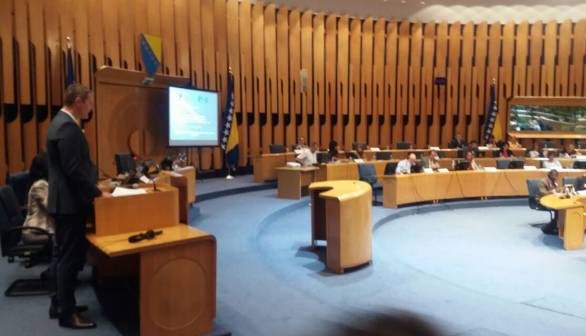
Deputy Minister of Human Rights and Refugees BiH Predrag Jovic, by opening the Conference, reminded that there are still 18.748 refugees outside BiH, while 32.611 families, or 98.574 internally displaced persons, are displaced, indicating that the issue of return has not yet been completed, and primarily depends on social and economic rights.
During the conference participants, through various thematic sessions, discussed the regional challenges in implementing the economic and social rights agreed in the Declaration of the Sarajevo Process, and the European Social Charter as a means of protecting social and economic rights.
The European Social Charter is a comprehensive human rights treaty in terms of substantive material rights and by February this year, it has been ratified in 34 countries. The Charter includes the social rights listed in the 1951 Convention Relating to the Status of Refugees, such as the right to employment, social protection and assistance, education and housing, but, in addition to those rights, include some control mechanisms for their implementation.
The conference also discussed the implementation of the Regional Housing Program, whose key principles established in the Sarajevo Declaration in 2005 were further developed through the Belgrade Declaration in 2011, with four partner countries (Bosnia and Herzegovina, Serbia, Croatia and Montenegro ), that have committed to implement an integrated approach in order to provide sustainable solutions for all users of the Regional Housing Program.
The aim of the Conference was to exchange views on the realization of economic and social rights, with a special focus on refugees and displaced persons displaced during the conflicts in the former Yugoslavia.
- Contribution of Global Analytics
Center for Social Research Global Analytics, through its activities and project implementation, seeks to support refugees and displaced persons, especially in the domain of support to women returnees. In this regard, Global Analytics has implemented activities within the project “Economic education of returnees as a cost-effective investment” in the area of Mostar, Stolac, Capljina and Počitelj, with the support of the Ministry of Human Rights and Refugees of BiH. Through the realization of this project, the goal was to educate returnees economically and to contribute to the strengthening of support for returnee families through determining the real situation in the field of return and identifying priority measures to support sustainable return.



